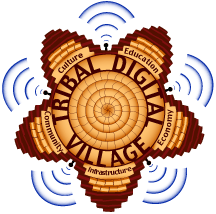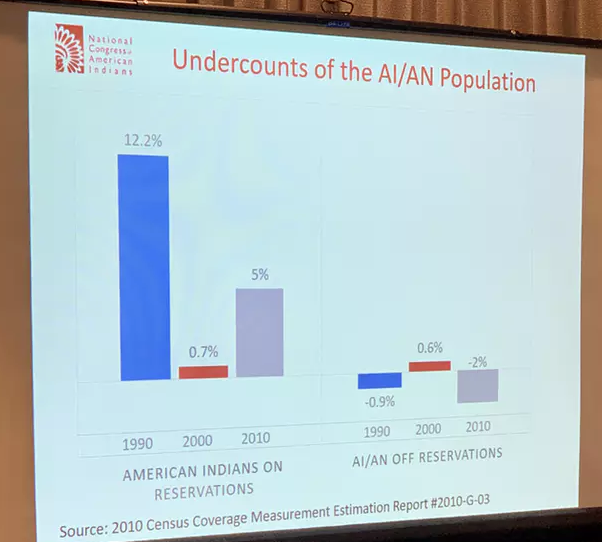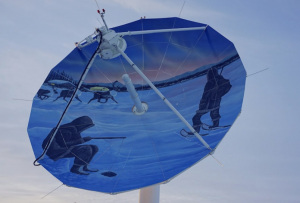On Tribal Lands, Digital Divide Brings New Form Of Isolation
WINDOW ROCK, Ariz. — Like many college students, Wilhelmina Tsosie must go online to complete her assignments. But unlike the vast majority of Americans, she finds that the biggest challenge in her coursework is merely getting connected.
Tsosie is a member of the Navajo Nation, the Native American community whose sprawling reservation has long been isolated from the rest of the country — an isolation now being reinforced by the digital age.
On a recent night, she endured a 30-mile drive along a dark desert highway to reach this town, her nearest access point to the Internet. She carried her laptop into a hotel that offers wireless access. In the dim light of the lobby, she hunched over the screen and finished an online exam.
Like many Navajos, Tsosie, a petite 34-year-old with glasses and a jet-black ponytail, can’t receive basic Internet service at home, because her home is too remote. She and her husband and their two young children live near the peak of a tree-covered mountain, beyond the reach of Internet service providers, forcing her to drive long distances to get online.
This has never been easy, consuming time as well as gas money. Now, with local gas prices nearing $4 a gallon, Tsosie can no longer afford frequent trips to reach the Internet. She worries about the effects on her grades. Last semester, she failed a class after missing too many assignments — the result of unreliable web access, she says.
“If I passed that class, I would have been on time for graduating,” Tsosie said. “I would have had one semester left and now I have two.”
Her husband, Ben, said the long journeys to find an Internet connection have begun to feel “hopeless.”
“Sometimes we don’t have the gas money to go 30 miles to get on the Internet,” he said.
Tsosie’s dilemma reflects the extreme difficulties many Navajos confront in seeking to connect with the rest of the world. Some park on the side of highways, climb atop roofs, or drive to the peaks of mountains just to get within range of mobile telephone service. Others travel dozens of miles to use Wi-Fi hotspots outside hotels, restaurants and chapter houses — the local community centers on the reservation. Some who lack electricity run their computers on gas-powered generators.
Native Americans have long experienced disconnection from the rest of the country — their reservations are generally placed on remote lands with little economic potential, separated from modern-day markets for goods, as well as higher education and health care. The dawn of the Internet was supposed to bridge this gap, according to the promises of prominent public officials. Fiber optics cables along with satellite and wireless links would deliver the benefits of modernity to reservations, helping lift Native American communities out of isolation and poverty. But the rise of the web as an essential platform in American life has instead reinforced the distance for the simple reason that most Native Americans have little access to the online world.
Less than 10 percent of homes on tribal lands have broadband Internet service — a rate that is lower than in some developing countries. By contrast, more than half of African Americans and Hispanics and about three-fourths of whites have high-speed access at home, according to the Department of Commerce.
Without reliable access to the Internet, many Native Americans find themselves increasingly isolated, missing out on opportunities to secure jobs, gain degrees through online classes, reach health care practitioners, and even preserve native languages and rituals with new applications that exploit the advantages of the web.





Comments are closed here.